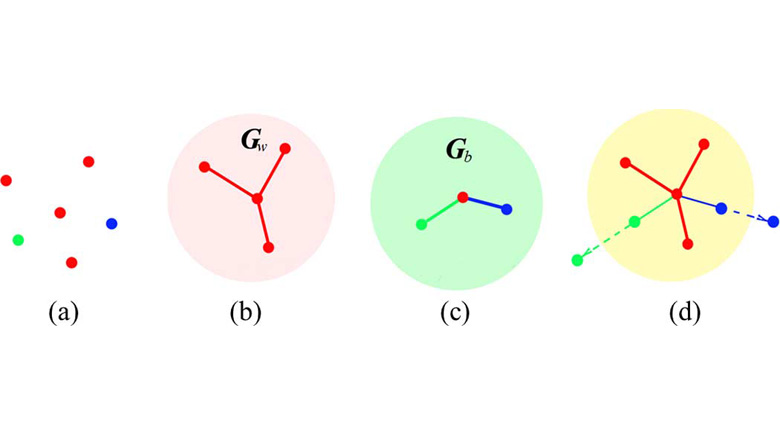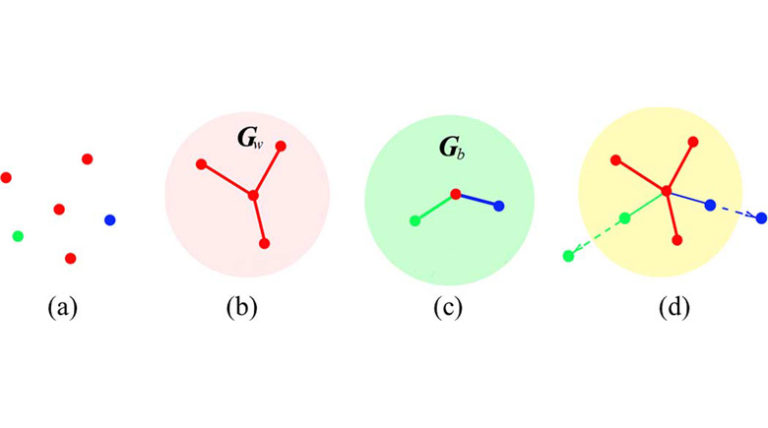
The detection of voluntary motor intention from EEG has been applied to closed-loop brain–computer interfacing (BCI). The movement-related cortical potential (MRCP) is a low frequency component of the EEG signal, which represents movement intention, preparation, and execution. In this study, we aim at detecting MRCPs from single-trial EEG traces. For this purpose, we propose a detector based on a discriminant manifold learning method, called locality sensitive discriminant analysis (LSDA), and we test it in both online and offline experiments with executed and imagined movements. The online and offline experimental results demonstrated that the proposed LSDA approach for MRCP detection outperformed the Locality Preserving Projection (LPP) approach, which was previously shown to be the most accurate algorithm so far tested for MRCP detection. For example, in the online tests, the performance of LSDA was superior than LPP in terms of a significant reduction in false positives (FP) (passive FP: 1.6±0.9/min versus 2.9±1.0/min, p=0.002, active FP:2.2±0.8/min versus 2.7±0.6/min , p=0.03 ), for a similar rate of true positives. In conclusion, the proposed LSDA based MRCP detection method is superior to previous approaches and is promising for developing patient-driven BCI systems for motor function rehabilitation as well as for neuroscience research.

